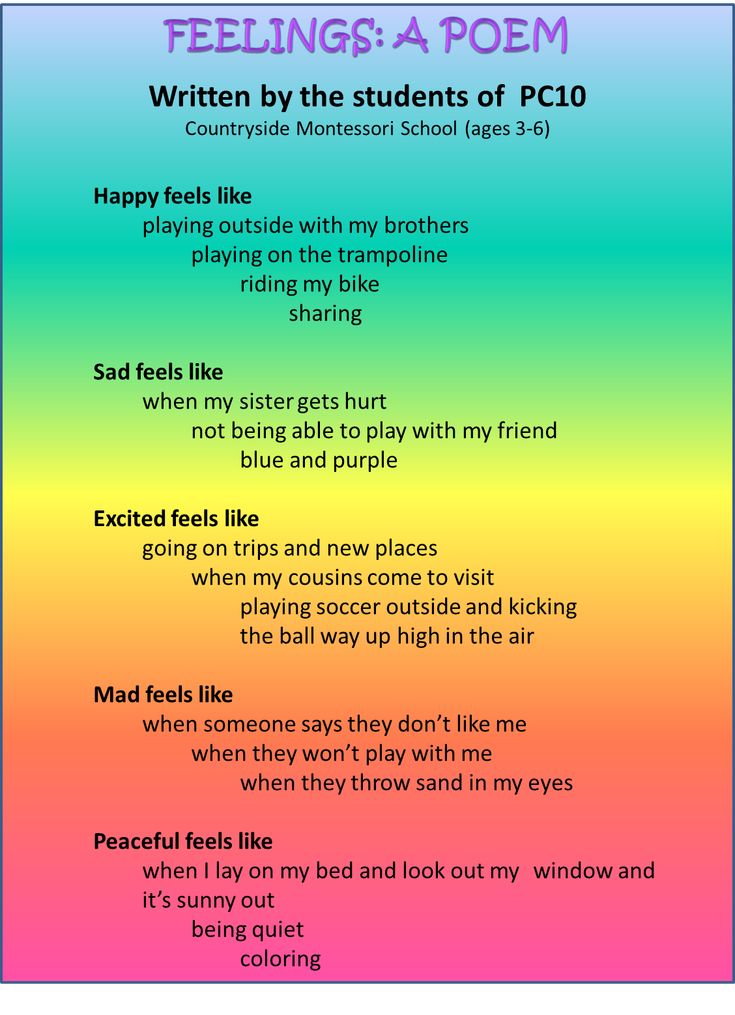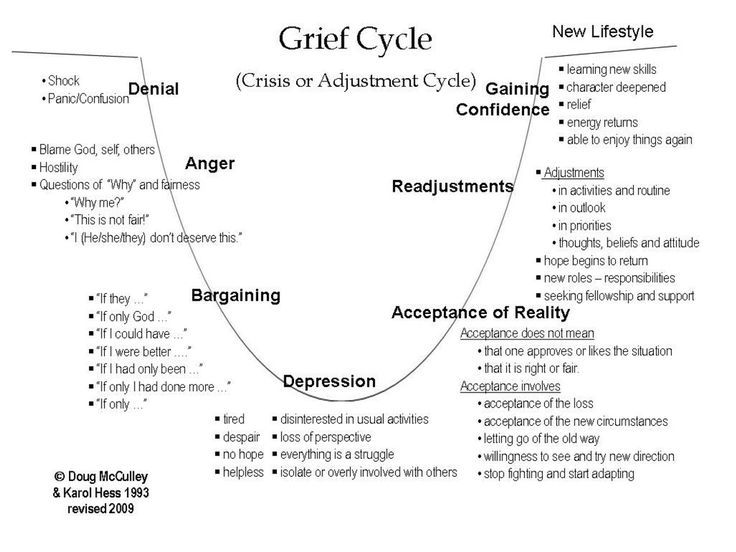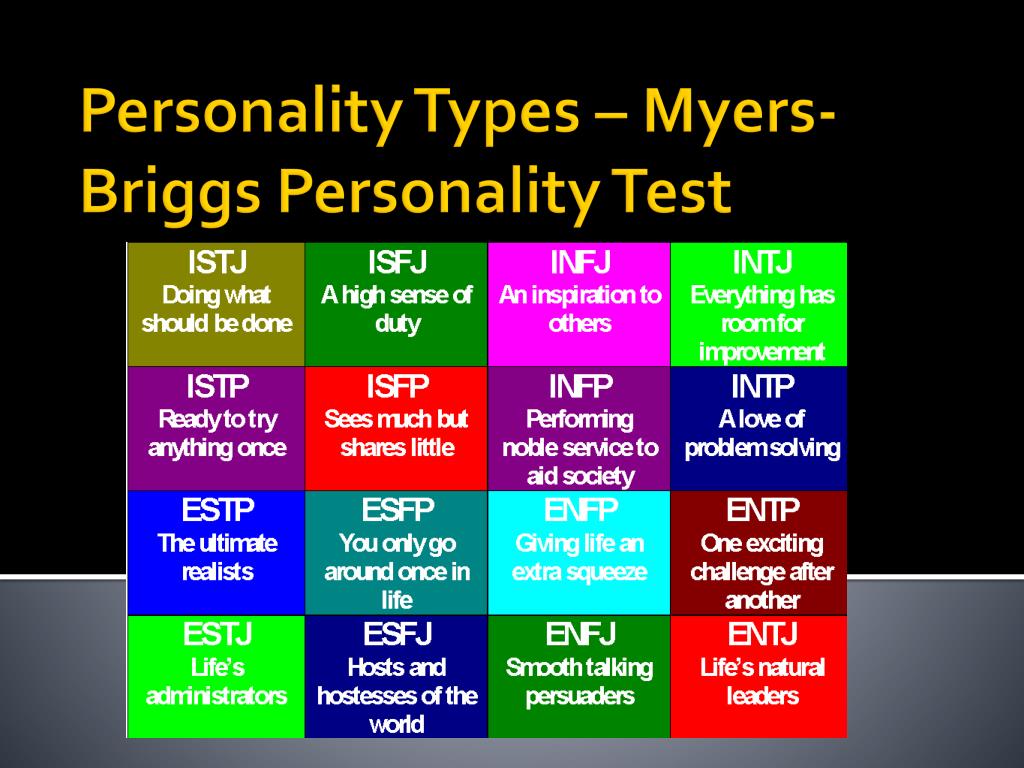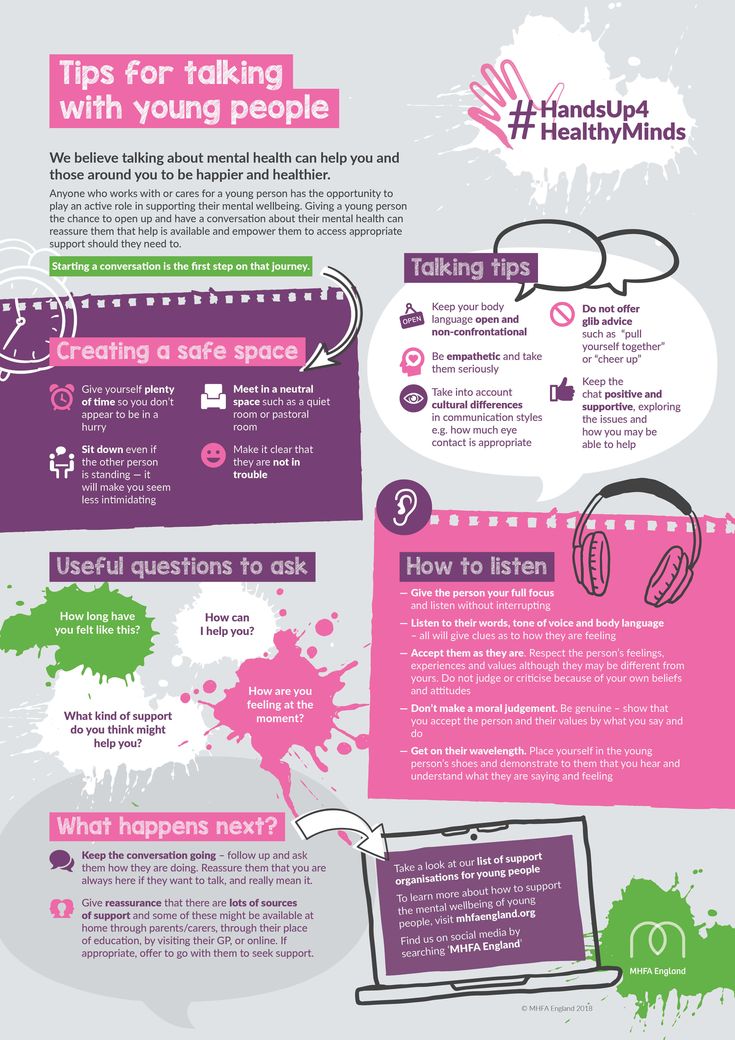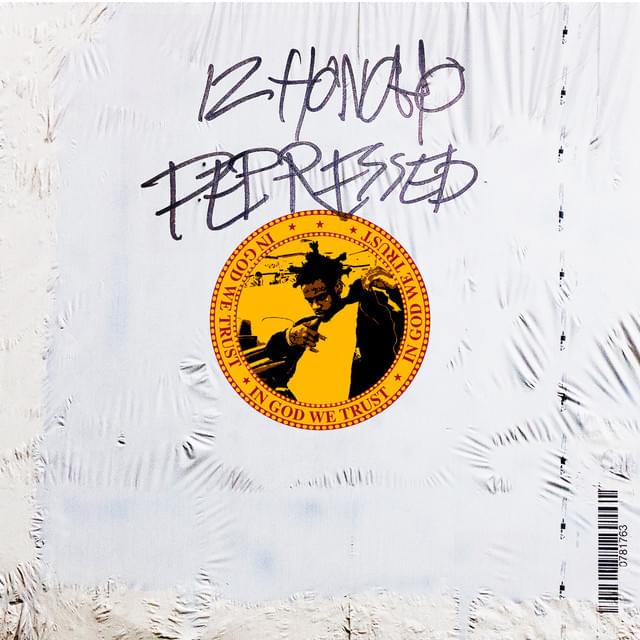How to write about feelings
5 Ways to Process Your Emotions Through Writing
For many of us actually feeling our feelings is not something we have much experience with. Maybe we’ve dismissed our disappointment, our sadness, our anger, our anxiety, our grief for years. And that’s OK. Because it’s something you can work on. One place to start iswriting.
Don’t worry if you don’t think of yourself as a writer (even though you are). Don’t worry about creating a beautiful, perfect or profound sentence. Don’t even worry about creating sentences at all. Just write from your heart. However it comes out. If you’d like some structure or guidance, below are five ideas for using writing to explore your emotions.
- Write about experiencing the feelingin third person. This gives yousome distance from the feeling, and maybe even a different perspective.
Margarita has been feeling so anxious lately. Jittery. Restless. On edge. Unglued. It’s like her body is pulsing with electricity. It’s just so uncomfortable.
Everything becomesanother thingto worry about, to solve, to do…
- Write about yourmemories. I came across this tip in a piece on penning memoir in the February 2016 issue ofThe Writer.It’s a prompt from Susan K. Perry, author ofWriting in Flow: Keys to Enhanced Creativity.To explore childhood memories, she suggests we”think in terms of specific emotional high points” and consider these questions: When did I feel most afraid or confused? When did I feel shame? When did I feel most embarrassed, sad, angry? Write one paragraph for each question. Then pick one paragraph, and develop it into a scene.
- Give the emotion to a character. That is, write about a character who’s completely different from youbut who’s feelingthe same exact emotion. Describe this character. Describe the emotion. Talk about why they’re feeling this way. Talk about why they have a hard time feeling their feelings. Talk about what they’ll do to cope with it (in a healthy way).
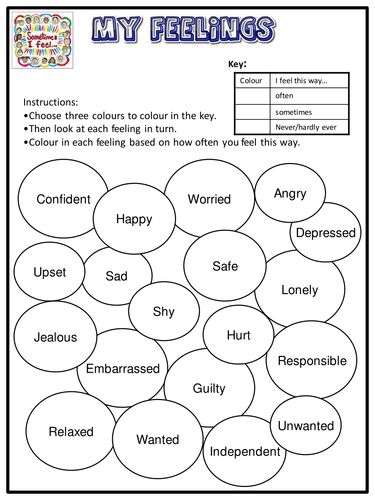
- Write about your feelings regularly. In a notebook, divide onepiece of paper into fivecolumns.Title the first column “date” (and write the date you’re feeling this feeling). Title the second column “feeling.” Title the thirdcolumn “What this feeling lookslike.” Title the fourthcolumn “What this feelingfeels like.” Title the fifth column “cause” or “why I’mfeeling this way.” Any time you’re feeling any kind of feeling, write it down in your notebook. The nice thing is that you can returnto your writing, and look for patterns, deepening your understanding of your emotions and of yourself. Thismight help you cope better. It might help you make wiser, more supportive decisions for yourself. Maybe you feel similar feelings on certain days or weeks. Maybe your feelings are connected toone cause (e.g., your job; a certain person; lack of solid boundaries; not sleeping or resting enough). Maybe your sadness looks very similar to your anger, and both are really about disappointment or grief.

- Write about your emotion like you’re writing a children’s book. Sometimes we hide behind big, complicated words. Sometimes we aren’t even sure what we’re feeling (which is totally common, normal and understandable). Try to simplify. Make your writingas clear and straightforward as possible. Focus on the bare essentials. Write so that a child reading this book could understand where you’re coming from. Write as plainly as you can.
Start with the exercise that feels easiest (or most interesting) to you. Or adapt an exercise so it works better for you. Go slow. Ease into it.
I know this can be hard, especially when we’re dealing with painful emotions. So maybe you start with a different, lighter emotion.An emotion that doesn’t feel explosive or all-consuming or so heavy. In other words, start where you can. Start where you are.
For more, check out this piece on creativeways to cope with painful emotions; and this pieceonmore techniques for using creativity to explore your emotions.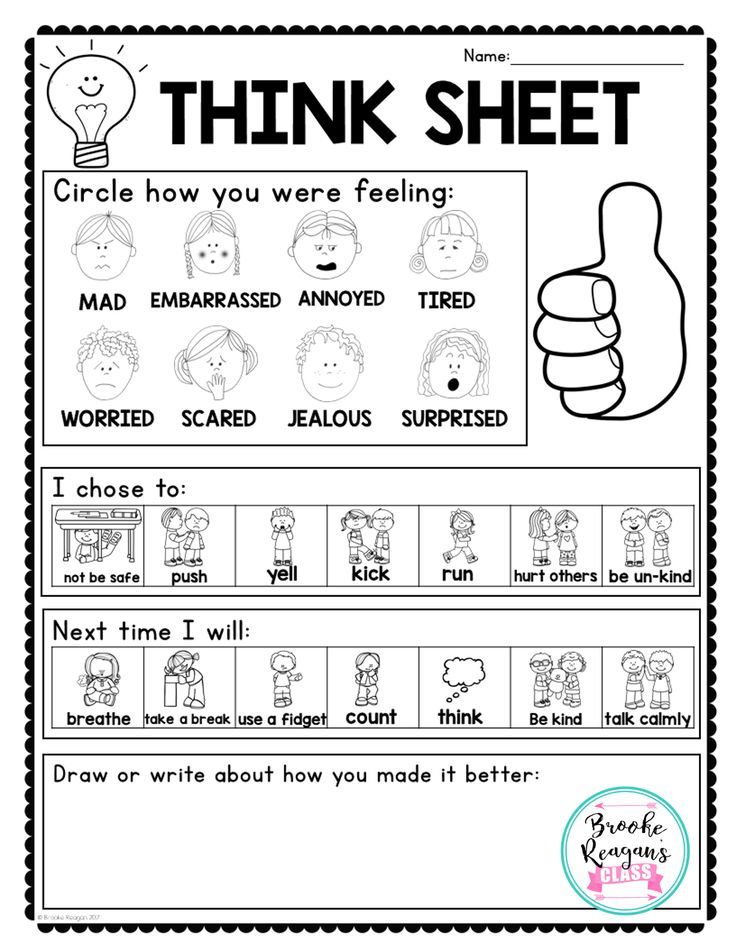 Happy Sunday!
Happy Sunday!
Photo by MindJournal.
5 Ways to Write Through Tough Emotions—Because 'To All the Boys I've Loved Before' Got It Right
In the Internet’s new favorite movie, To All the Boys I’ve Loved Before, teen protagonist Lara Jean Covey lives out every diary-writer’s worst fear: Letters to each of the boys she’s crushed on over the years—written in secret and never intended for reading—get delivered to their subjects. Hilarity, emotion, awkward John Corbett cameos, and (spoiler alert!) romance ensue, but let’s back up for a minute.
Is Lara Jean onto something when it comes to writing down her feelings?
“I write a letter when I have a crush so intense that I don't know what else to do,” she explains at the start of the movie. “Rereading my letters reminds me how powerful my emotions can be—how all-consuming."
While Lara Jean’s experience takes a bit of a turn, she’s spot-on when it comes to the benefits of writing out her intense emotions.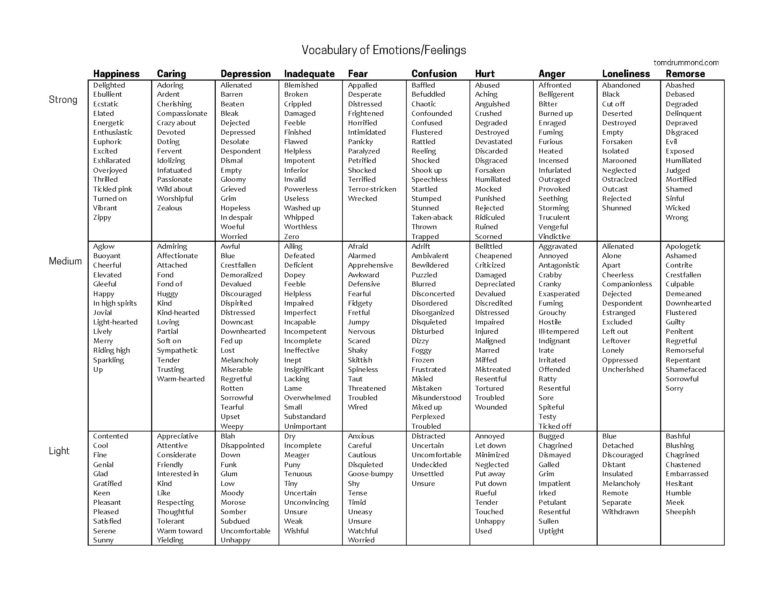 Research shows that expressing your emotions through writing—a practice called “expressive writing”—can lead to emotional and even physical relief in the long run.
Research shows that expressing your emotions through writing—a practice called “expressive writing”—can lead to emotional and even physical relief in the long run.
Research shows that expressing your emotions through writing—a practice called 'expressive writing'—can lead to emotional and even physical relief in the long run.
Need proof? Look to research done by James W. Pennebaker, Ph.D. He had subjects spend 20 minutes writing down their deepest emotions about challenging times in their lives, for four consecutive days. When compared with a sample group that wrote about superficial topics, the hardcore diarists reported more happiness three months after the writing sessions, visited their doctors less often, and showed signs of stronger immune systems.
And you don’t have to spend a solid 20 to see the benefits. Another study found that writing for just two minutes, two days in a row, about either an intensely positive experience or a negative one has emotional and physical benefits.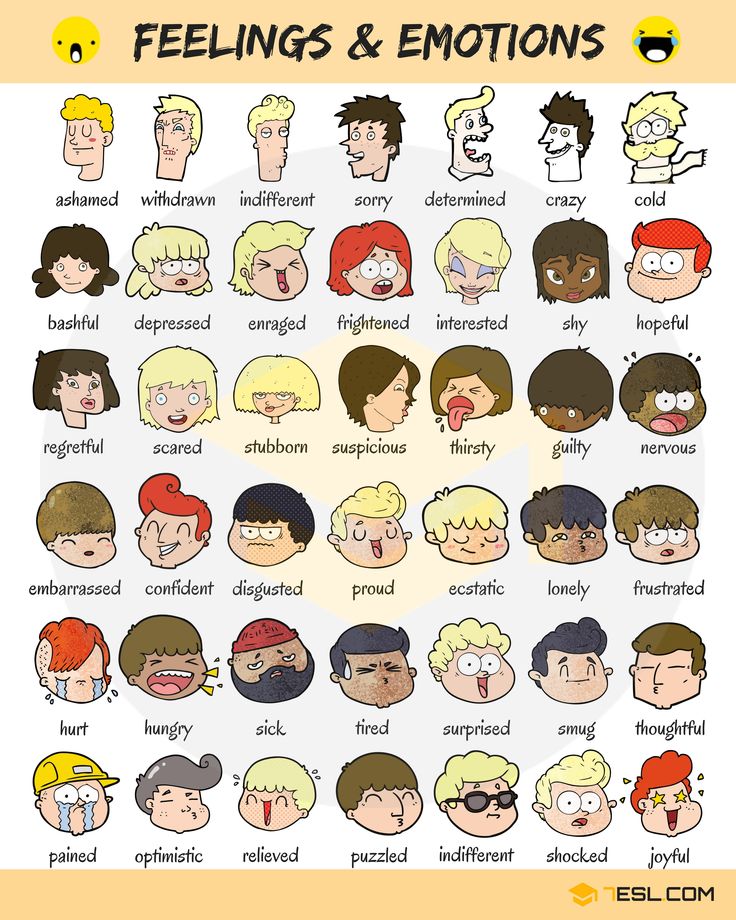
Writing for just two minutes, two days in a row, about either an intensely positive experience or a negative one has emotional and physical benefits.
Got some emotions to process? Of course you do—you’re human. Here are 5 expressive writing exercises you can try.
1. Grab a Pen and Write a Letter
Pull a true Lara Jean and write a letter to someone—one you’ll never send. "It wasn't like I was going to send the letter or anything—it was just for me, to understand how I was feeling,” her character explains in the movie.
Mad at someone? Tell them why. Madly in love with someone? Tell them why. Like Lara Jean, try putting your exact emotions into words, as if you were talking to the person with no filter. If you find yourself backtracking—like thinking, “well, maybe that’s overstating it”—don’t worry. If you feel it, write it down.
Pen-and-paper letter feel too formal? Write an unaddressed email, or fake DM in the notes on your phone.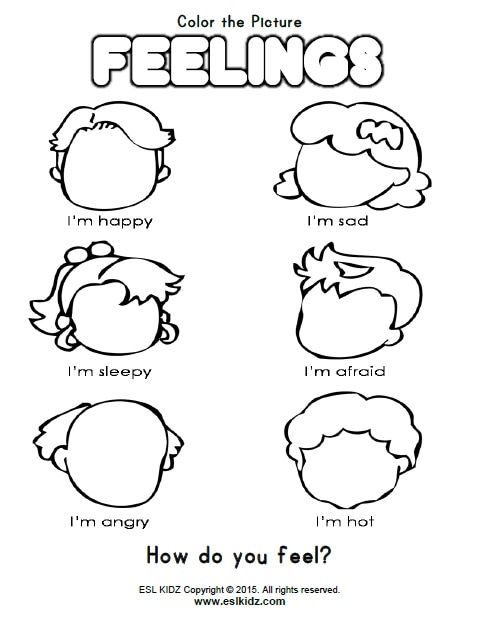 Just don’t put a send address, lest it end up in your subject’s mailbox.
Just don’t put a send address, lest it end up in your subject’s mailbox.
And, like Lara Jean, you can reread your letter whenever you need a reminder of how far you’ve come.
Chances are, you’ll feel a sense of relief after writing the never-to-send note. And, like Lara Jean, you can reread your letter whenever you need a reminder of how far you’ve come, or how easily you can get caught up in your own narrative. It might even help you find the right words when you do talk to that person (oh hey, Peter Kavinsky) IRL.
2. Describe Your Feelings
Writing how you feel—I’m so happy! I’m so sad!—is journaling 101. But have you ever tried to describe what those feelings look like, or sound like, or taste like?
Clinical psychologist Beth Jacobs, Ph.D., explains on PsychCentral that it’s helpful to describe your emotions as if they were a tangible thing. The next time you feel anger brewing, or overwhelming worry, try answering the following:
If this feeling was a color, it would be. .. If this feeling was weather, it would be... If this feeling was a landscape, it would be... If this feeling was music, it would sound like... If this feeling was an object, it would be...
.. If this feeling was weather, it would be... If this feeling was a landscape, it would be... If this feeling was music, it would sound like... If this feeling was an object, it would be...
Getting a better grasp on what you’re feeling can help you decide how to react—and better understand your emotions in the future.
3. Pick a Different Perspective
Having trouble distancing yourself from how you feel? Jacobs suggests putting yourself in someone else’s shoes—or, rather, picking up someone else’s pen.
Start by thinking of three specific people: A close friend, a less-close friend, and someone who maybe intimidates you. Then, describe your sticky situation from each person’s perspective. How might they see your predicament? How would they describe your emotions, or the decision you have to make?
This, Jacobs says, can help you remember that “your feelings are only one possible reaction to a situation and not the only ‘right’ reaction.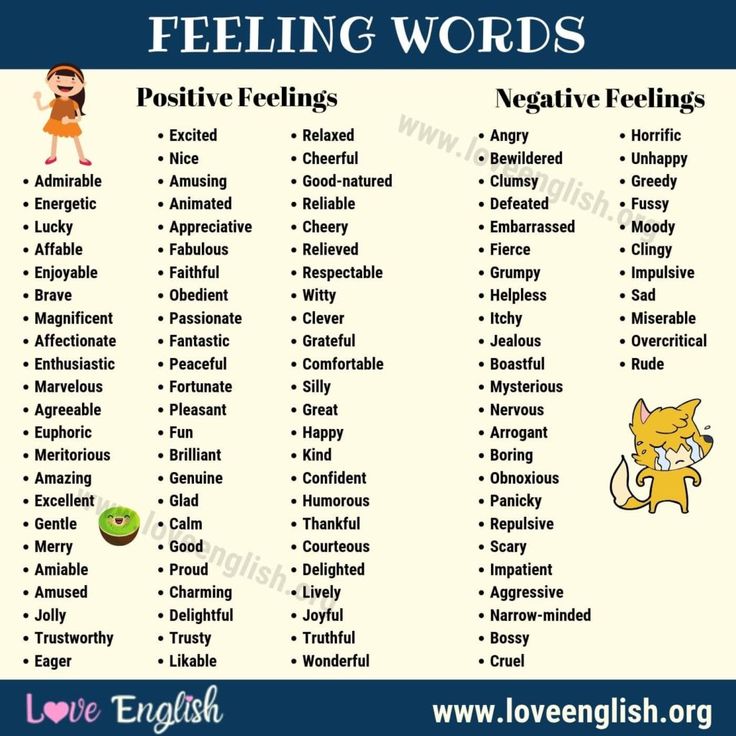 ” And knowing that can help you feel a bit calmer and more in control when it comes to acting on your feelings.
” And knowing that can help you feel a bit calmer and more in control when it comes to acting on your feelings.
4. Write to a Timer
We often journal until we run out of things to say, or until we feel better about a situation. But what would happen if you forced yourself (nicely, of course) to write for a certain amount of time?
The next time you sit down with your notebook, set a timer for 20 minutes (or, if you don’t have 20, even for five minutes). Then, get deep. Write down your deepest emotions, and explore why you’re thinking about it.
Write down your deepest emotions, and explore why you’re thinking about it.
If you feel done before the timer goes off, ask yourself if there’s anything you’ve left out. Is there anything you’re avoiding? Any topics that feel untouchable, or unworthy of the space? Write about those. Write about why you’re not writing about them. Write about how writing about them makes you feel.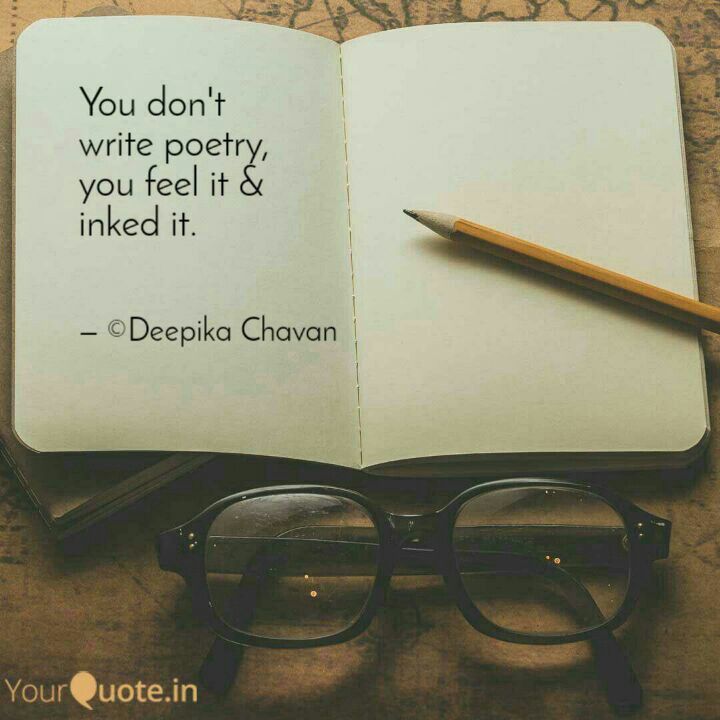
Just write something until that timer dings. Repeat for three more days—that’s the amount of time Pennebaker found effective in his research.
5. Try Word Association
Not a fan of writing full-on sentences? No sweat. At the top of a sheet of paper, write how you’re feeling in one word. For example: “stress.” Then, write down anything that comes to mind when you think of stress. That can include other words (like “anger,” or “tension”), sentences, names, places—whatever crosses your mind. Then, write down whatever those new words and ideas bring to mind.
By the end of your journal session, you’ll have a little more insight into how you relate to stress and all the ways it manifests.
This works for other words, too—try it for sadness, frustration, or, like Lara Jean, “that romance novel type of love.”
Just remember: Keep all personal writings locked away from your little sister. You never know when she’ll pick them up and send them to your crushes.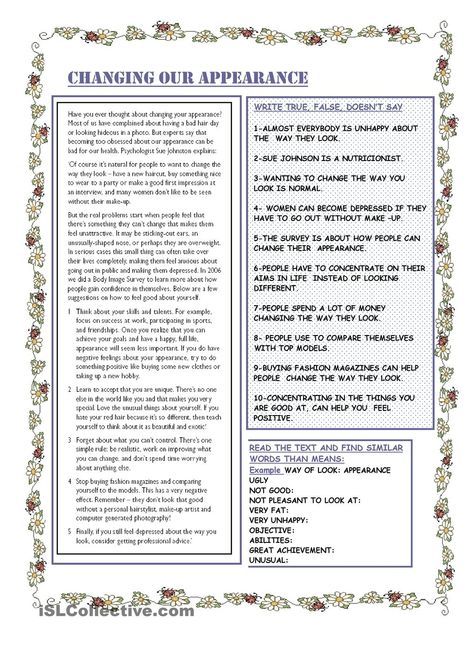
Read next: Here's How to Actually Make Journaling a Habit)
>
How to write letters of feelings: the most complete instruction
How to live with love, not anxiety?
Meditation of love as a gift in the game Body of Love!
For one being to love another: perhaps this is the most difficult of our tasks, the ultimate, final test and proof, the work for which all other work is only preparation.
Rainer Maria Rilke
The practice of feeling writing (other names are forgiveness letter, love letter, healing letter, release letter) is based on the work of Barbara DeAngelis and John Gray. They are based on the so-called "map of emotions", according to which our emotions are like an iceberg. At the top of them, as a rule, is anger (or, as a variant of it, resentment) - and under the layers of anger lie sadness and pain, fear, needs and needs, dreams and desires, and finally - love .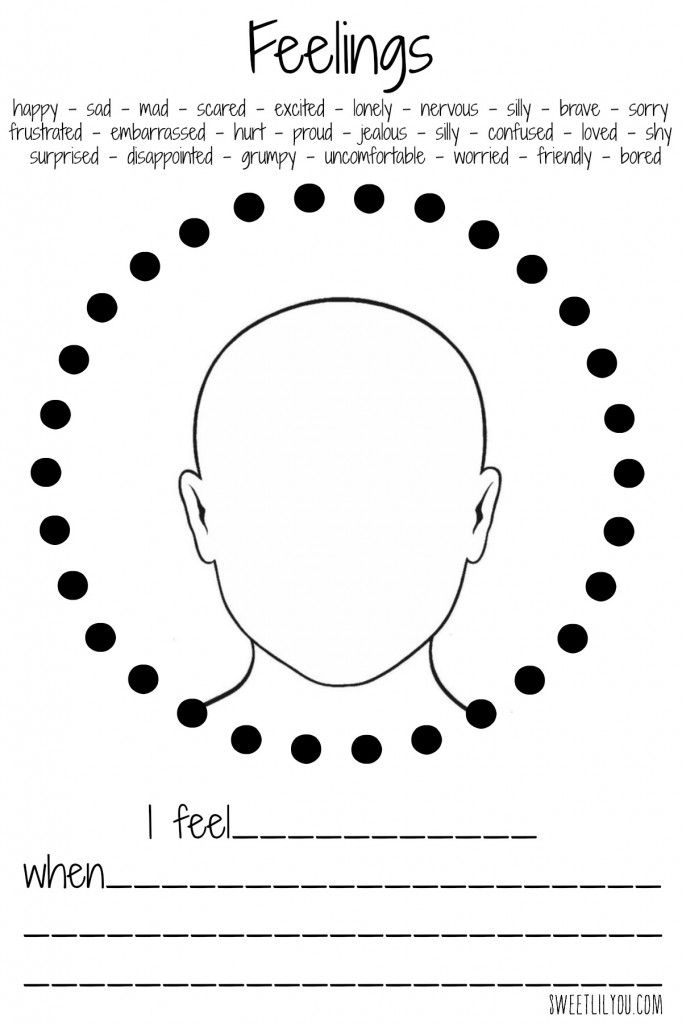 And by expressing our emotions on ALL of these levels, we can reach the Complete Truth, the love that underlies everything. And this is necessary to cure any pain, not only in the senses, but also in the body.
And by expressing our emotions on ALL of these levels, we can reach the Complete Truth, the love that underlies everything. And this is necessary to cure any pain, not only in the senses, but also in the body.
In this article you will find the most detailed instruction on writing such letters, and you can turn on this video and write a letter right under it!
Being honest with yourself about your feelings - especially unpleasant ones - is the beginning of healing and is almost always the most important part of the process!
When my anger, sadness or pain leads me to a conflict, quarrel, confrontation in relationships with other people, this only exposes the emotional tension, under which deep feelings and fears are hidden. And if I open (at least for myself at first) and express (at least in some way) these feelings and fears, if I admit my vulnerability, I thus open myself to love.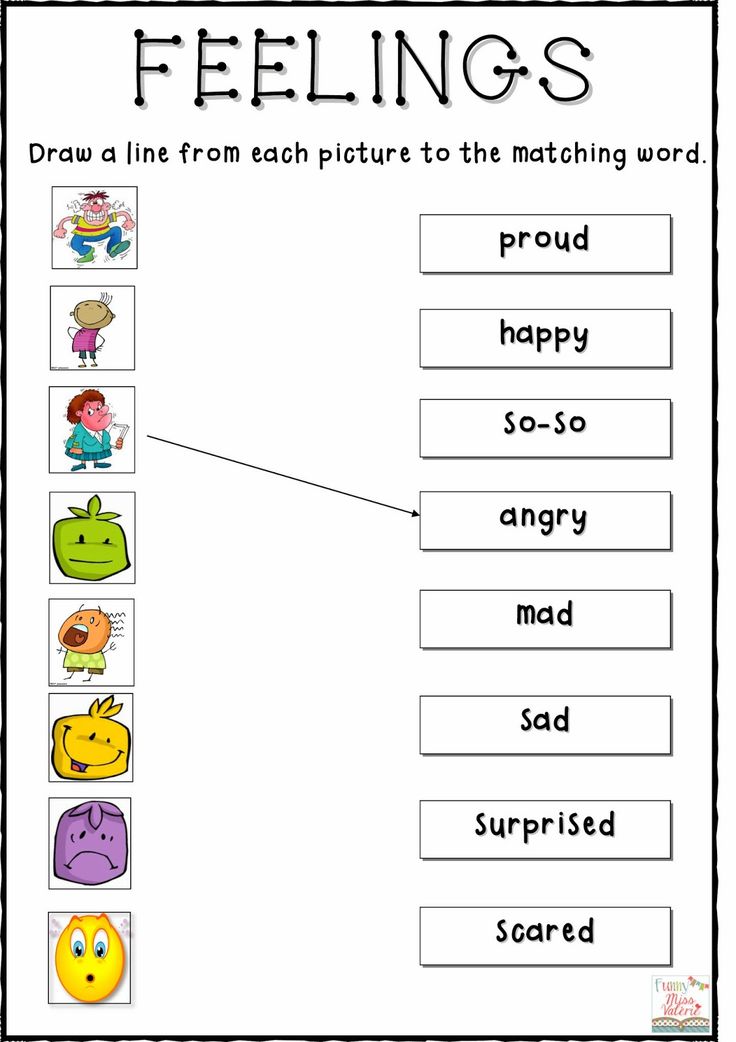 By fully and completely expressing my feelings (anger, sadness, fear, desire), I also open the flow of love (which unexpressed feelings do not miss!).
By fully and completely expressing my feelings (anger, sadness, fear, desire), I also open the flow of love (which unexpressed feelings do not miss!).
The technique of writing feelings is very simple: we step by step go through all the stages of the emotional iceberg, discovering (and opening to) what lies at its basis.
And although it doesn't sound very easy, trust me in my experience, this is the fastest technique for solving problems that could otherwise plague us for years. Agree, after all, even an hour for writing is much, MUCH less than hours, days, weeks, months or even whole years of worries!
Anger is love turned inside out.
Barbara De Angelis
How to write a letter of feelings?
Anyone can be the recipient of your letter of feelings: husband, mother, son, father, boss, and even a part of the body or an illness!
Here is the basic structure of feeling writing.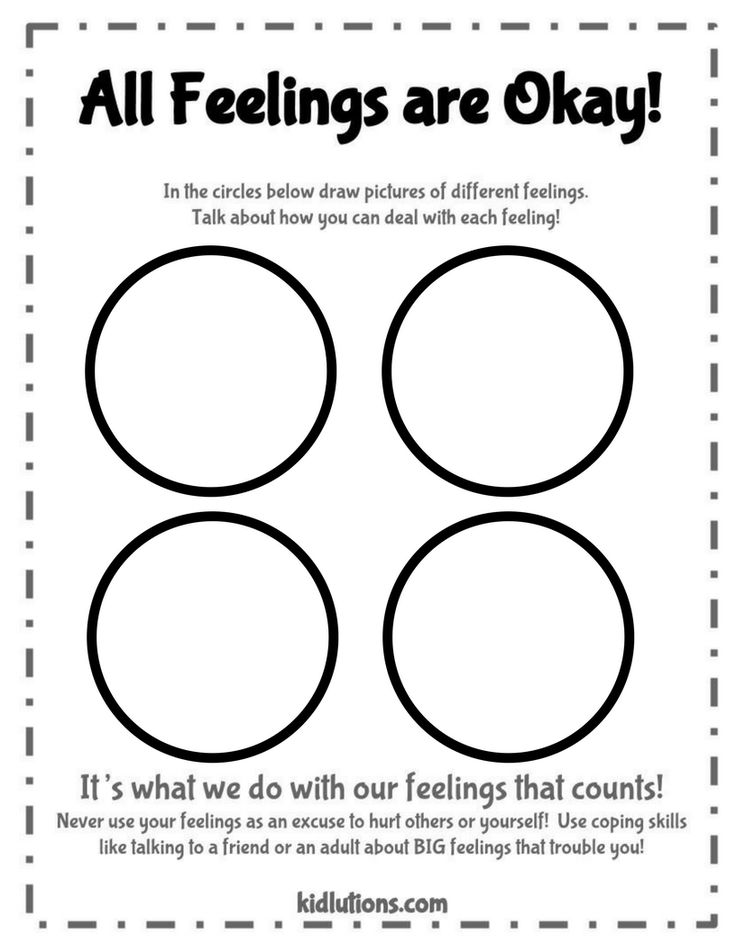 Usually, the instructions make do with a short list of initial phrases of four to six points. Especially for this article, I expanded the unique template: up to ten emotions in each section! After each line, you can add as many continuations as you like - adding any conjunctions, for example, "what", "when", "because", "because of" and so on!
Usually, the instructions make do with a short list of initial phrases of four to six points. Especially for this article, I expanded the unique template: up to ten emotions in each section! After each line, you can add as many continuations as you like - adding any conjunctions, for example, "what", "when", "because", "because of" and so on!
Dear (darling) ...
Part 1. Anger
I get so angry when…
I get so angry… I hate…
I hate…
I get angry…
I get angry…
I get annoyed…
I get annoyed…
I get disgusted…
I despise… I am outraged…Part 2. Sadness, sadness, pain
I feel alienated…
I am hurt…
I am hurt when…
I am sad…
I am sad…
I am sad…
I am disappointed…
I feel despair...
I am upset...
I am sad...
I feel despair...
I am upset...
I feel hopeless...Part 3. Fear
I am afraid.
..
I am frightened...
I feel confused...
I am worried...
I am afraid...
I am worried...
I am worried...
I am sad...
I feel confused...
I am afraid...
I feel confusion07...Part 4. responsibility, repentance, apology
I'm sorry that...
I'm embarrassed...
I'm embarrassed...
I'm embarrassed...
I never wanted to...
I'm uncomfortable...
I never wanted to...
Please forgive me...
I'm embarrassed...
I'm ashamed...
I I feel guilty for...
I'm embarrassed...
I'm sorry...
I'm sorry...Part 5. Desires, needs, love
I wish...
I'm so glad you...
I wish you...
I love it when you...
What I really want is...
I really really wish that...
I'm so grateful for...
I need...
I love the way you...
What I really want is...
It would be great if...With love,
(Signed)
Fear is always a question, what am I afraid of and why? Just as there is always a seed of health in illness, because illness carries information about health, so our fears are a treasure trove of self-knowledge if we explore them.
Marilyn Ferguson
Important clarifications, additions, hints
- Give attention and time to all your feelings.
It is important not to get stuck on one of the sections to the detriment of others, but to devote approximately equal time to all parts. We all have familiar feelings that are easier to express, and there are unusual ones that are difficult to admit even to ourselves and even in writing. For example, it is easier for many women to express pain and sadness, and for men to express anger, but these feelings become just a habitual way, under which both fears and desires (security, recognition, warmth, love) are hidden. It is important to both express ALL your feelings and understand what deep feelings and experiences they grow from. - There are no bad or good emotions, everything is just emotions.
And our task is to learn how to express our anger and pain in a way that is respectful both for others and for our deepest needs for love and acceptance.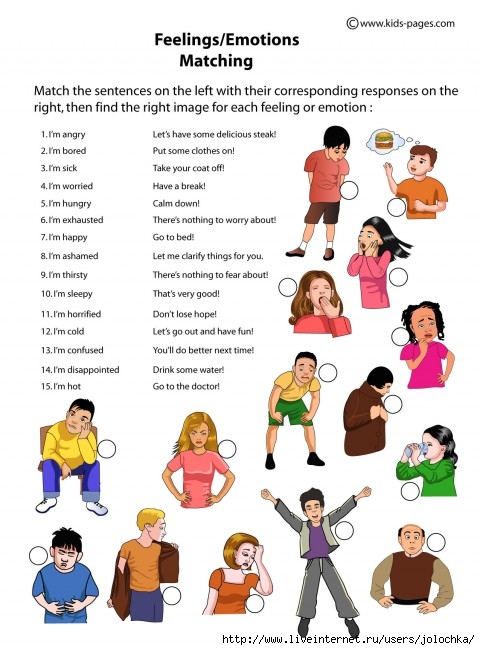 And "dumping" our anger and sadness on others is an attempt to manipulate them in order to achieve the actions we need. And this does not lead to mutual situations where we can both take care of ourselves and give others the opportunity to respect their own needs and desires.
And "dumping" our anger and sadness on others is an attempt to manipulate them in order to achieve the actions we need. And this does not lead to mutual situations where we can both take care of ourselves and give others the opportunity to respect their own needs and desires. - Do not edit your words and feelings!
This is the very moment when you can and even need to say everything as it is! Even if you have been hiding and hiding for years, now is the time when you can express absolutely everything that is hidden in your soul. And the more completely you do this, the easier it will become for her!
In addition, at this stage you are only expressing your own, purely internal anger, which is not worth "dumping" at your addressee in this form. But it is most important for you to throw it out - and break through it - in order to reach deeper layers. It may turn out that this anger has nothing to do with your husband, father, boss or child! - You can go back and finish writing.
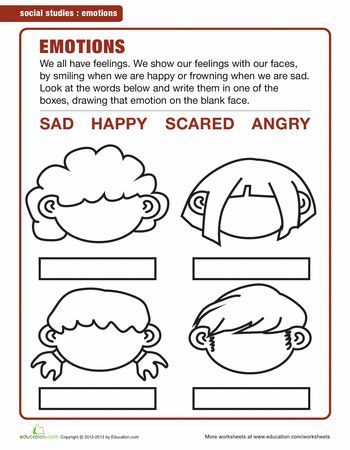
If unsaid feelings from the previous part come up, you can simply return to it and add them. But if one of the parts of the letter of feelings turns out to be noticeably larger than the others, try to add at least a little to the rest to pay tribute to all feelings. - Naming the fear is more than half of his healing.
It is very, VERY important to talk about your fears and concerns. Without knowledge of fears, the anger or sadness that flows from them will be misexpressed (or unexpressed). Fear is normal, it is natural and it is real. Our task is not to eliminate fear, but to recognize it and listen!
Fear is our ally when it warns of threats to our physical, emotional or spiritual survival. At the same time, fear is often no longer rational, not associated with any real threat. In this case, it is important to learn how to curb your fear, not allowing it to be the cause of our painful or inappropriate actions. - There are always two sides to any situation.
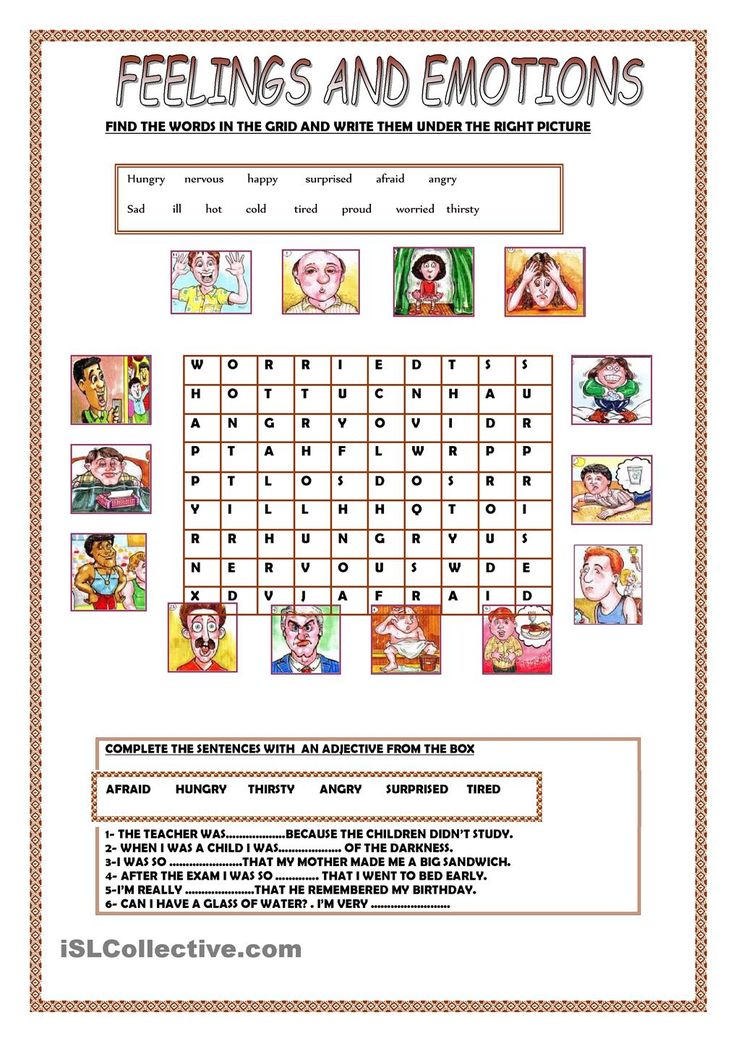
For complete liberation, it is important to take responsibility for your part of the situation. Many of us tend to put the problem outside ourselves. “This is what they did”, “this is how they treat me”, and so on. When we really honestly look into our hearts, we can usually find our contribution to the current situation. Identifying this contribution, accepting your characteristics and responsibility for your actions (or inactions) is a necessary part of healing.
- It is very important to express your current desires, needs and dreams.
Unfulfilled or unrecognized desires often bring pain, indignation and anger. And we may not be aware of our deepest needs (usually the need for love, acceptance and recognition), and we can unconsciously project the expectation of these needs to be met on our spouses, loved ones, business partners or friends. I think it is clear how important it is to learn to be well aware of your needs and express them clearly and consciously in any relationship, whether at home or at work.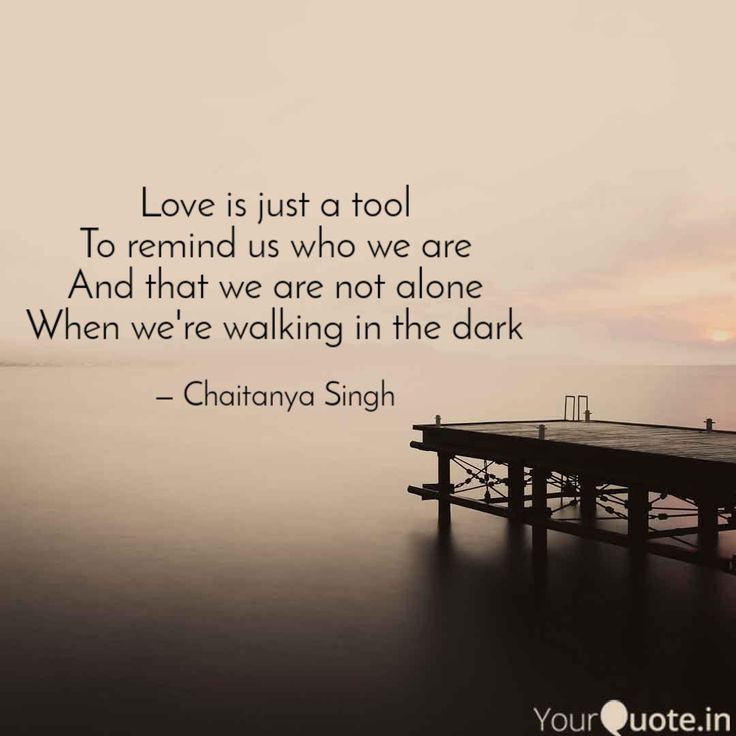 Only in this case can we be sure that our emotional reactions are connected with our deepest needs. Then we can easily and clearly ask for what we want without unnecessary unrealistic expectations in the relationship. This is part of our journey to awareness. This is the way we create more and more love, fulfillment and peace within and around us!
Only in this case can we be sure that our emotional reactions are connected with our deepest needs. Then we can easily and clearly ask for what we want without unnecessary unrealistic expectations in the relationship. This is part of our journey to awareness. This is the way we create more and more love, fulfillment and peace within and around us! - It is important to complete the letter.
If you do not have much time, set a timer right away, it is even better to give yourself a certain time for each of the parts. Often, the time limit stimulates our imagination well and makes us immediately move on to the most important thing, bypassing intermediate trifles and lengths.
- Thank yourself for a job well done.
This is an incredibly important step towards the healing of your soul and you have taken it! I'm very happy for you!
Letters of feeling with a reply
If you have time to continue, that's great! Because it is just as important to read the letter through the eyes of the addressee!
When you have finished your letter, try reading it aloud.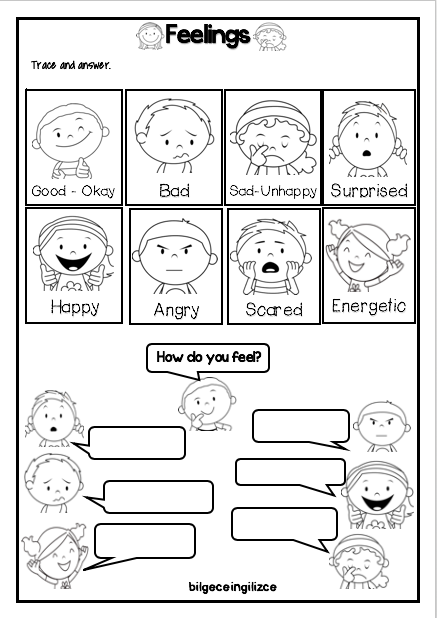 Or even read into a voice recorder and listen. If at the same time you imagine that you are reading this letter through the eyes of the addressee, the process will be more complete and its results will be more unexpected.
Or even read into a voice recorder and listen. If at the same time you imagine that you are reading this letter through the eyes of the addressee, the process will be more complete and its results will be more unexpected.
A very important part of the process is writing your own answer. It allows you to take the other's point of view as carefully as you ever have in your life. In one of the modern studies there is frightening data: on average, we are able to think about another person for only 7 seconds ! A response letter of feelings will allow you not only to extend this time at least 100 times, but also to really get used to the image and feelings of another person. In the vast majority of cases, this alone is already enough to exhaust the situation.
Believe me, this can be done not only with people! One of my clients wrote a letter to bags under her eyes! I read their answer to her (she sent me a photo) - and I cried.
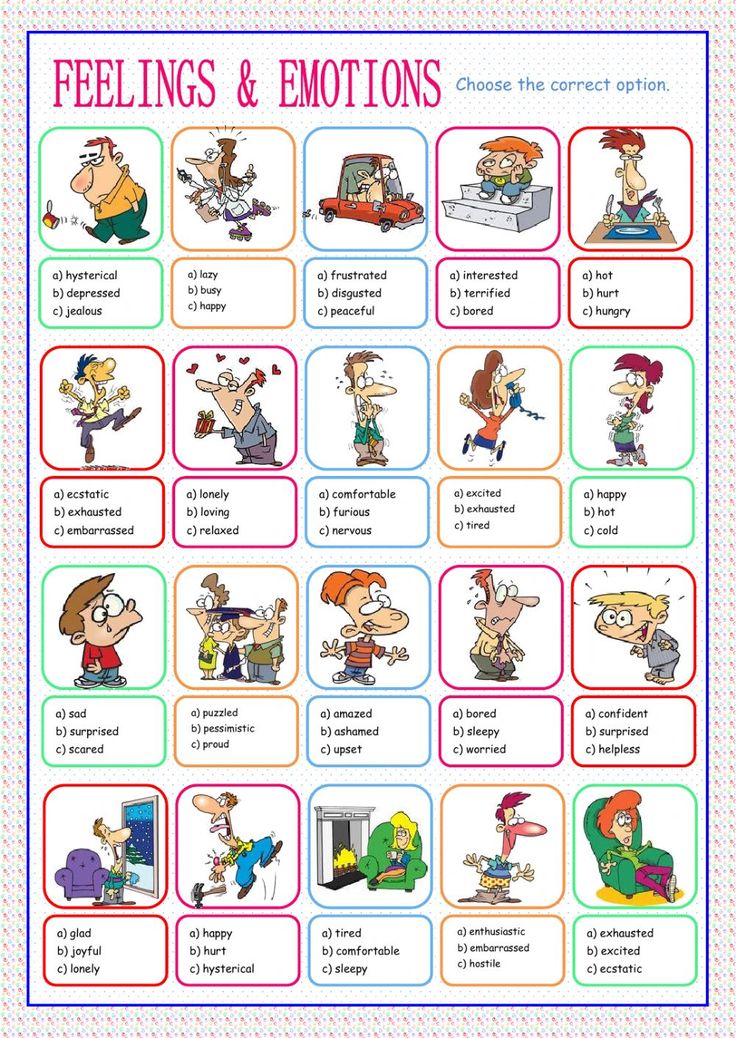
Of course, you can only guess what is going on in the head of your addressee if you write to another person. But the results of this process are often startling.
When I wrote letters of feelings on situations from childhood, and answered myself on behalf of my mother and grandmother, I was struck to the depths of my soul that in adulthood, many words and actions are seen in a completely different way!
John Gray in his book "How to get what you want and want what you get" suggests writing a response letter that you would like to receive. Write in it everything that you would like to hear in order to feel that you are understood, loved and taken care of. Write the perfect answer, no matter how selfish or unrealistic it seems to you. The main thing here is to feel, accept and express those very deep desires, needs and dreams that underlie anger, pain, sadness or fear. This acceptance is what leads us to healing!
A response letter can also be written according to the template, in five parts.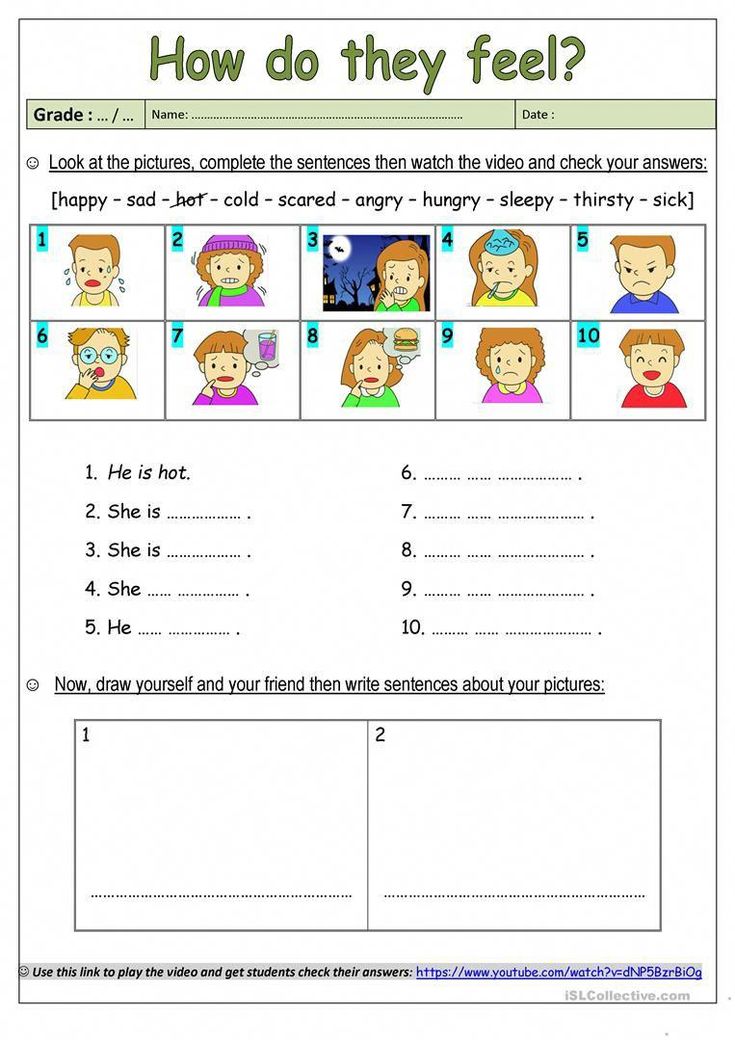 Here they are:
Here they are:
Part 1. Apology
Please accept my apologies for...
I apologize for...
I'm sorry that...
I didn't mean that...Part 2. Forgiveness
Please forgive me...
Will you forgive me for...
Please excuse my...Part 3: Understanding
I come to the conclusion that...
Now I understand that...
Now, it is clear to me that...Part 4. Promises
I would like you to...
I promise that...Part 5. Love
I love you…
You mean so much to me that…
I want to take care of you…
Write until you feel like you've said everything you wanted to say. Then read this letter again - with your own eyes :)
You can write the letter and answer again if you feel that there is an understatement. Once again. And one more thing :)
And in the end, it’s good to write a “letter of response”.
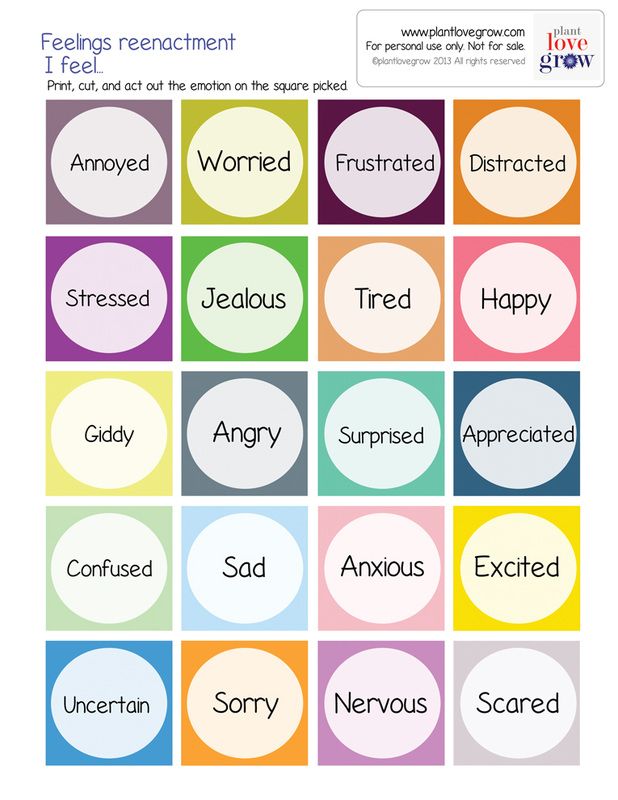
In it you can express all your impressions of the process, express your joy and gratitude for the love and understanding that you needed so much. The Relationship Letter helps us to express and relive what it is like to actually get what we want, to feel support, support and love.
The Letter of Reciprocity connects us to our very core, to the love, integrity and value that is within each of us. This fills us with the inner strength to love ourselves and feel worthy of love, even if people and circumstances do not seem to give us all that we want and deserve.
For a relationship letter, to get in touch with your feelings, to feel fullness, love, care, you can use the following phrases:
I am so grateful for...
I thank you for
I begin to understand...
I understand now...
I thank you
I love you...
How to understand that a letter of feelings is completed
The most beautiful thing is when there is warmth, gratitude, gratitude and love inside in relation to the person to whom you wrote.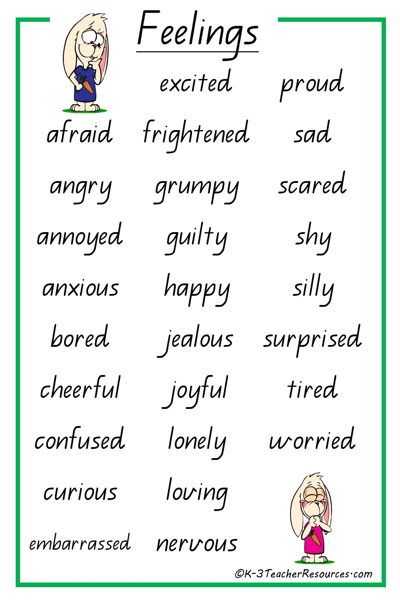 If this feeling is not present, more letters may be needed, and for other situations. When it comes to parents and other key people for you, the process may not end immediately, but after a while.
If this feeling is not present, more letters may be needed, and for other situations. When it comes to parents and other key people for you, the process may not end immediately, but after a while.
Give yourself the opportunity to be with yourself if you want, cry if you want, call and say “I love you” 🙂 support yourself and fill up so that feelings and experiences have the opportunity to leave lightly and easily.
If there is a state of lightness, tension is gone, as if a great weight has fallen from you, you feel relief and surprise at how easy and simple everything is - it's just wonderful!
If suddenly you have an understanding of how everything was "really", what were the reasons for actions and events - this is also very cool and important. Rational understanding goes hand in hand with emotional clearing - but is not required :)
After the feeling letter is written
You can talk to your recipient if you want :) usually it is better to keep the details of the inner work to yourself until your own process is completed, at least for a day.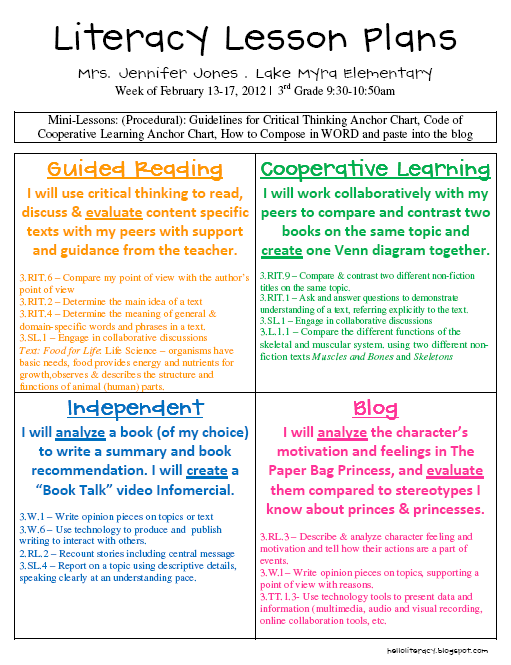 If you want to confess your love to your parents or husband, you should do it :)
If you want to confess your love to your parents or husband, you should do it :)
You can also do a material letting go ritual with letters, for example, burn them — or cut them into small pieces and release them into water… along with all the remaining experiences and energies.
Our old, unlived feelings and experiences can and should be brought out in any way that pleases you. And return to yourself the resource that is hidden in them!
And there is no other way than “start and continue” :) But still, there is a way to make it easier for yourself - to do it together with someone. And I will be glad to do it with you!
Share: Have you written letters of feelings? What situations in your life have changed, happened or not happened thanks to them?
Download this manual in pdf to print and use for writing letters here.
If it is difficult for you to start writing feelings alone, I suggest you join my chatbot, where we regularly do writing practices and fill ourselves with love for ourselves and others!
Materials used and cited
How To Make Love All The Time, by Barbara DeAngelis Ph.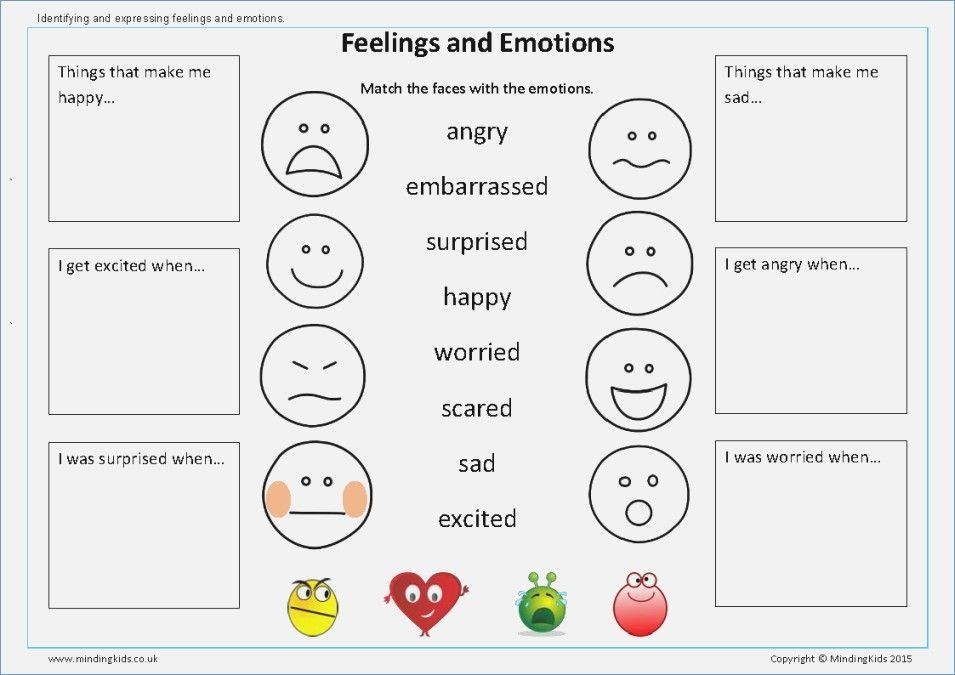 D.
D.
What You Feel You Can Heal by John Gray
The Love Letter Technique
P.S. If you come to me for a coaching session, for sure in our work I will ask you to write at least one letter of feelings - because I consider this one of the most effective writing practices in psychology and in working with yourself. Many of my coaching clients are happy to use feelings letters - because this is a fairly simple and quick way to change lives and relationships beyond recognition! I recommend you letters of feelings in any situation! And at the coaching session you can figure out how best to apply them 🙂
How to live with love and not with anxiety?
Meditation of love as a gift in the game Body of Love!
How to write a book about love: a story or a romance novel?
How to write about romantic relationships and what authors need to pay special attention to
Romance is a very popular literary genre.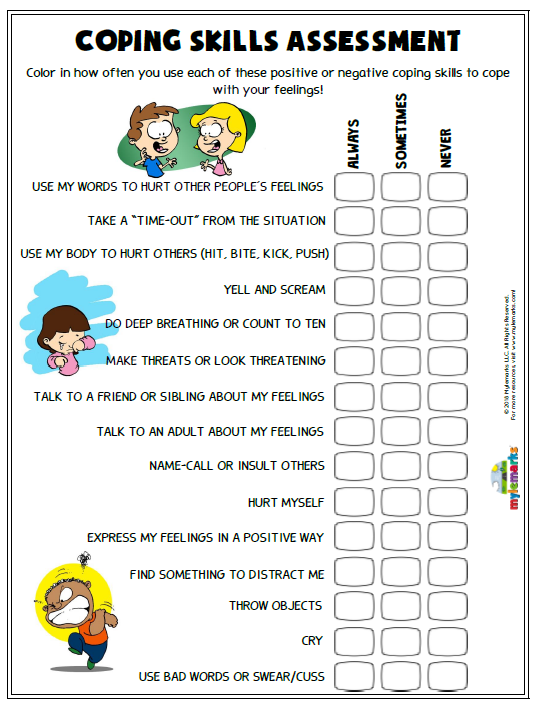 When working on a story, it is worth considering, first of all, the preferences of the readership. In this case, the author will be able to write a love story that can interest connoisseurs of interesting, fascinating stories.
When working on a story, it is worth considering, first of all, the preferences of the readership. In this case, the author will be able to write a love story that can interest connoisseurs of interesting, fascinating stories.
Content
- The value of love in literature
- How to write a good love novel
- Determine the main storyline
- Create a plot plan
- Where to take ideas for book
- Types of love in the literature
This is one of the key topics in literature. It can have different manifestations:
- a mother's deep feeling towards her own child;
- relationship of two lovers (women and men).
Creating his stories about love, each writer pursues his own goal, presenting the emotions of literary characters to the reader's judgment. One of the most striking manifestations of a romantic relationship between a man and a woman is a strong attraction to each other, which is based on an all-consuming passion, madness.
In particular, Ivan Bunin decided to write his story "Sunstroke" in order to show the rapid collapse of casual relationships two lovers. The writer gives the reader a feeling that is reminiscent of a flash with dizzying dates that have a short continuation. The feeling, which is based only on physical passion, initially assumed the imminent separation of the heroes.
Some literary texts also demonstrate the versatility of the relationship between husband and wife. In his work "The Lilac Bush", Alexander Kuprin preferred to talk about love as a special harmony of souls , to write about the ideal combination of the interests of the spouses. The basis of the relationship between Vera and her husband is the wife's sacrifice. The family union of spouses rests on the devotion of a woman and the suppleness of a spouse, which by no means interferes with family happiness.
The purpose of the romance novel may also be to show the selflessness of one of the literary characters.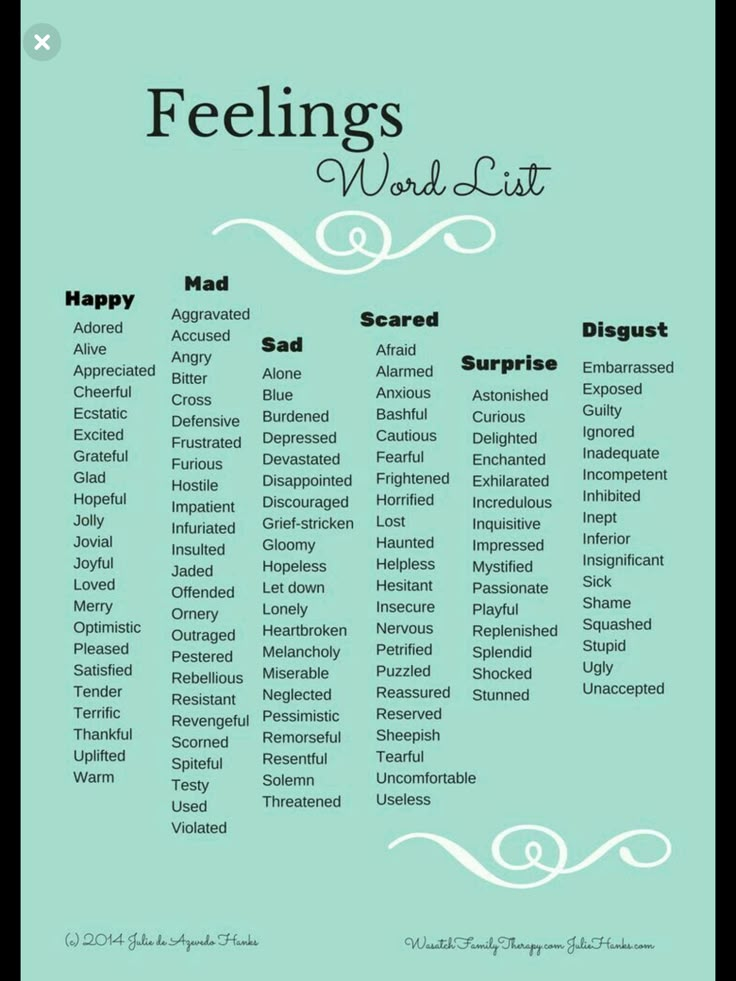 Sometimes a character in a book has to sacrifice a lot to be reunited with a loved one. For example, Margarita, who is separated from the Master, is not at all going to submit to cruel fate. The main character of the book selflessly gives her soul to Woland, becoming the queen at his ball.
Sometimes a character in a book has to sacrifice a lot to be reunited with a loved one. For example, Margarita, who is separated from the Master, is not at all going to submit to cruel fate. The main character of the book selflessly gives her soul to Woland, becoming the queen at his ball.
Fyodor Dostoevsky, creating the plot for the novel Crime and Punishment, decided to show "resurrecting" power of deep feeling . The meeting with Sonechka Marmeladova prompted Rodion Raskolnikov to take the path of repentance, moral rebirth. Thanks to the love and responsiveness of the girl, the protagonist of the novel was able to cope with his fears and doubts.
Tragic, doomed love also occurs in fiction. She quite often takes possession of the hearts of strong, extraordinary people. For example, Bazarov from Ivan Turgenev's "Fathers and Sons" did not seriously think about true love. But the meeting with Anna Sergeevna Odintsova made the young man see the world from a completely different perspective.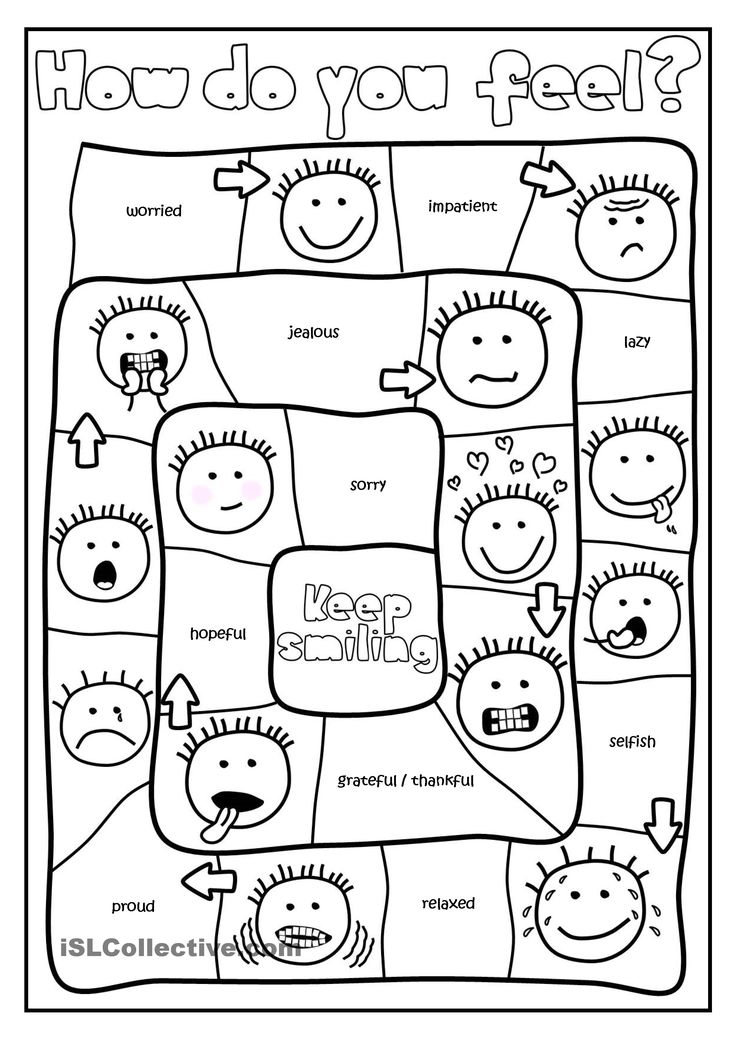 From the very beginning of the development of relations between the heroes of a literary text, it is clear that their love is doomed. The mutual happiness of two passionate and strong natures is hardly possible.
From the very beginning of the development of relations between the heroes of a literary text, it is clear that their love is doomed. The mutual happiness of two passionate and strong natures is hardly possible.
How to write a good romance novel
Think over the character, appearance and traits of the characters
The author of the novel needs to carefully consider:
Description of the appearance of a literary character
It is of two types: static and dynamic . In the first case, the description of the hero's appearance is given as soon as this character appears in the work. This allows the reader to quickly visualize the hero, to imagine the most striking features of his appearance. Sometimes the author composes a portrait of a character in a book in parts, like a puzzle of many fragments. This version of the description of the appearance of the hero makes the audience's imagination work more actively. When choosing this approach, one of the characters can comment on the appearance of the other. This will help the reader to learn new details about the appearance of the hero of the book. The second approach is more suitable for voluminous literary texts. The static type of description of the appearance of a literary hero, in turn, is good for love stories with a fast plot development. It can also be successfully used in works of small forms.
This will help the reader to learn new details about the appearance of the hero of the book. The second approach is more suitable for voluminous literary texts. The static type of description of the appearance of a literary hero, in turn, is good for love stories with a fast plot development. It can also be successfully used in works of small forms.
The character of the hero
The plot of the literary text largely depends on him.
A talented author's characters are very truthful and voluminous. For example, Leo Tolstoy's attitude towards Anna Karenina changes noticeably as the plot develops. At first, the heroine appears before the readers not too pretty, rather full, vulgar. But then the author notes the natural grace of the main character, her lively look, excellent taste.
Literary character motifs
The main ones are: revenge, desire for wealth, fame, envy.
The goals of the hero
They can be called the driving force behind the actions of a literary character.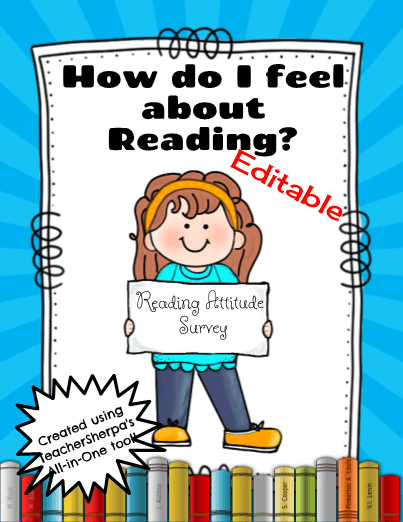 Sometimes a hero is disappointed in his goal after he manages to achieve what he wants.
Sometimes a hero is disappointed in his goal after he manages to achieve what he wants.
Many authors of books prefer to look for inspiration for literary characters in their environment. It is very important to be able to notice the dominant character traits of people that the writer has to deal with day by day in the process of writing a romance novel.
Identify the main storyline
If you're just trying to learn how to write romance , note that fictional texts that appeal to:
- significant historical events sell well;
- familiar culture;
- geographical regions of interest to female readers.
For example, a romance novel might take place in an exotic country. But at the same time, the main characters of the literary text should be recognizable to the reader. The main rule of the author is to evoke empathy for the characters.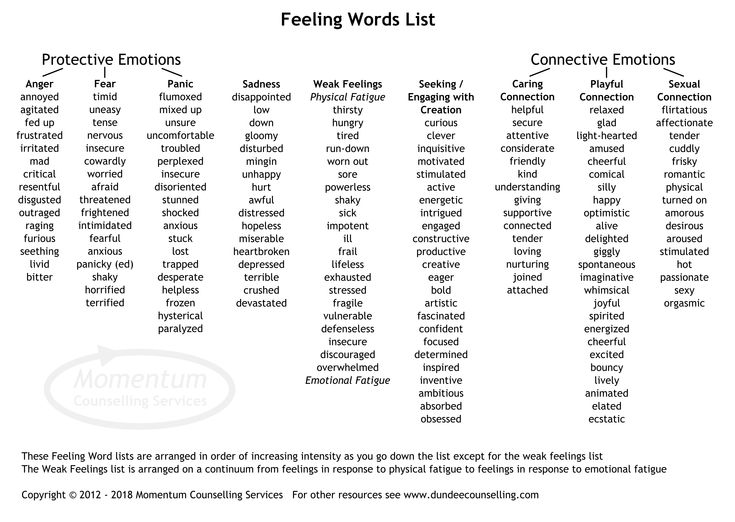 Then the reader will be imbued with them and will follow their fate with interest.
Then the reader will be imbued with them and will follow their fate with interest.
Create a plot plan
To write a book for love, you can follow the following classic plan:
The protagonist and heroine of the book begin to develop a genuine interest in each other.
There is a problem preventing lovers from uniting their hearts.
The feelings of literary characters become deeper. They begin to understand that the feeling that arose earlier is the love of a lifetime.
An existing problem is successfully resolved. The main characters of the literary text exchange declarations of love, erotic allusions, etc.
In pedagogy
Authors who take their first steps in the creative field most often describe love in a not very plausible way. They choose twenty-year-old beauties with an unprecedented high IQ and a prestigious position as the main characters.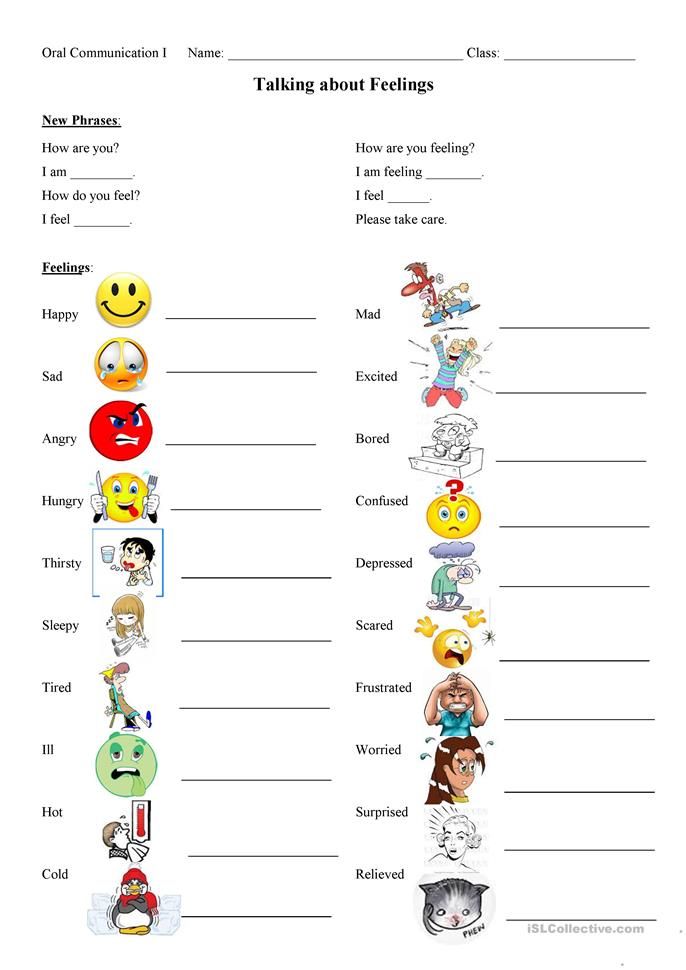 But in real life, this rarely happens. Girls with a model appearance, as a rule, do not become presidents of international companies, but build a career on the podium. The fact is that a successful leader must have experience in doing business, deep knowledge, and connections. The author is expected to understand these issues. If not, then for greater persuasiveness, it is better to "downgrade" the main character in her position. It is much more plausible if she works as an assistant accountant or secretary.
But in real life, this rarely happens. Girls with a model appearance, as a rule, do not become presidents of international companies, but build a career on the podium. The fact is that a successful leader must have experience in doing business, deep knowledge, and connections. The author is expected to understand these issues. If not, then for greater persuasiveness, it is better to "downgrade" the main character in her position. It is much more plausible if she works as an assistant accountant or secretary.
Sometimes authors who want to write a best-selling romance novel go to the other extreme. They are trying to make the main character too resolute and impenetrable. The main thing here is not to lose a sense of reality and not create an "iron lady", next to which your readers will begin to complex.
Writers should not use clichés typical for love stories:
The scenario “This is fate”
"From Hate to Love" scenario
The main character's car accidentally crashed into the girl's car.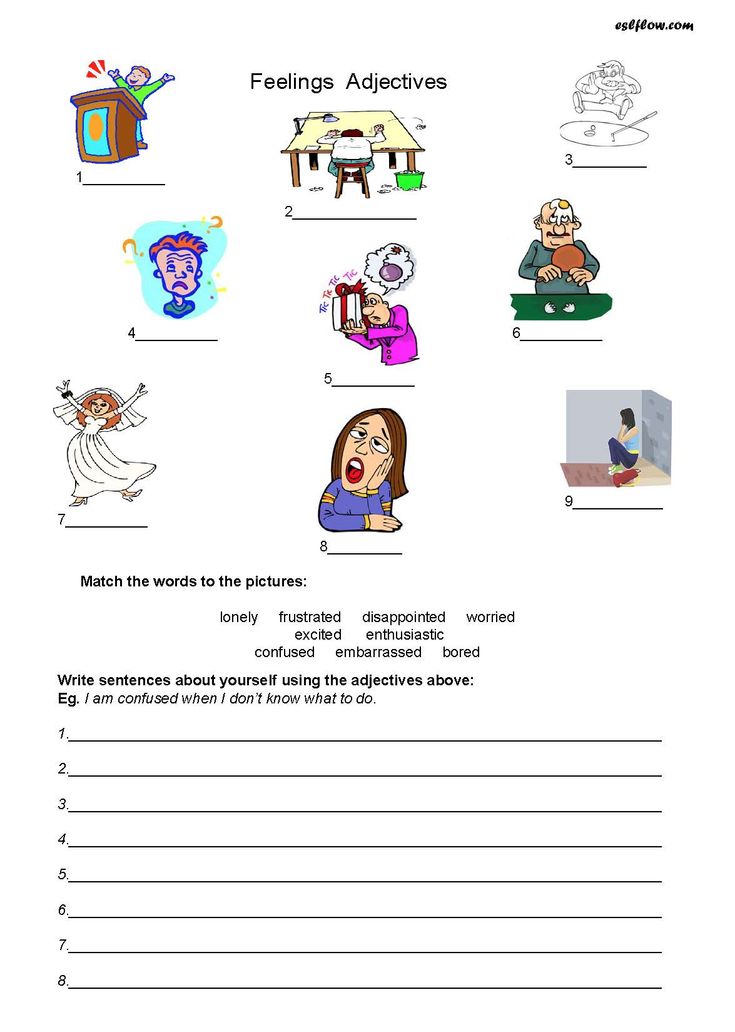 Young people at first sorted out the relationship in a raised tone, and later began to experience obvious sympathy for each other.
Young people at first sorted out the relationship in a raised tone, and later began to experience obvious sympathy for each other.
Scenario "Happiness came from where they did not expect"
The main character of the book was forcibly married to the unloved. But in the course of the story, the attitude of the girl towards her husband changed a lot. The young wife begins to understand that this man is the dream of her whole life.
Often a fatal rival appears in a love story. Some aspiring authors try to portray this girl as a complete bastard or a complete idiot. But such an idea can cast a shadow on the mental abilities of the protagonist. After all, the man, for some reason, decided to pay attention to the insidious lovebird.
Beginning writers may find it difficult to describe sex scenes. It is expected that such fragments of the book will look passionate, sensual, but not vulgar. When describing erotic scenes, you should not use the phrases "peak of pleasure", "wet lagoon", etc.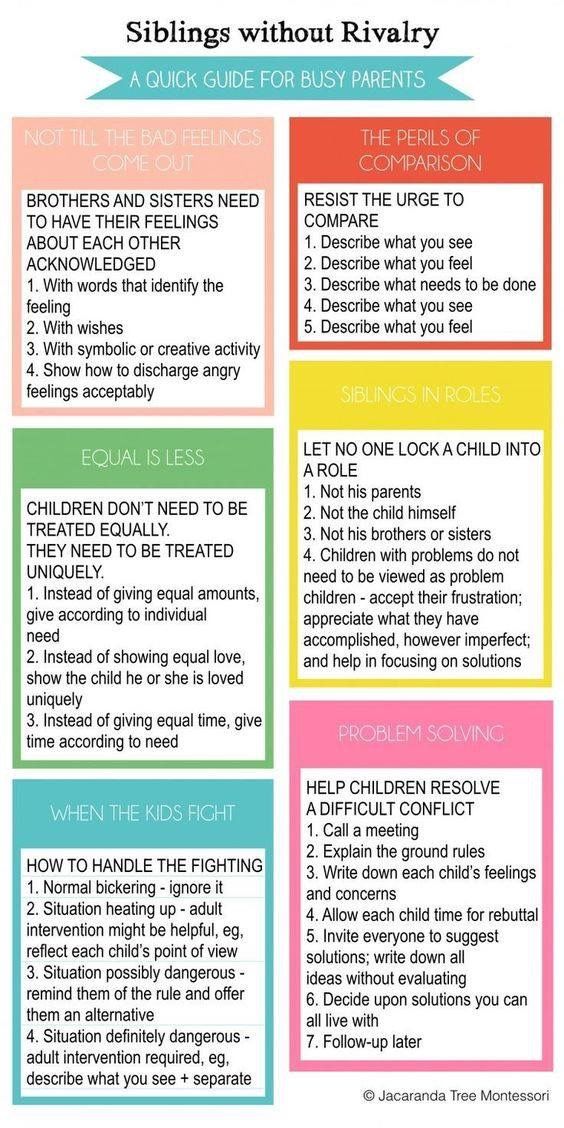
It would not be out of place to focus on how the sex scenes of the classics were described. Below is a fragment from the work "Galya Ganskaya" by Ivan Bunin for review:
Raised the veil, tilted her head, kissed - she rejected it a little more. He walked up the slippery greenish silk stocking, to the clasp on it, to the elastic, unfastened it, kissed the warm pink body of the beginning of the thigh, then again into the half-open mouth - she began to bite my lips a little ...
Where to get ideas for a book
Possible inspiration for writing a love story:
It should be adapted for your fiction book.
Perhaps you have a friend, a girlfriend who has had a passionate affair in the past.
If your goal for the near future is a compelling book about love, you can get ideas from the feature films you love to watch. Soulful, melodious songs and interesting books often become a source of inspiration.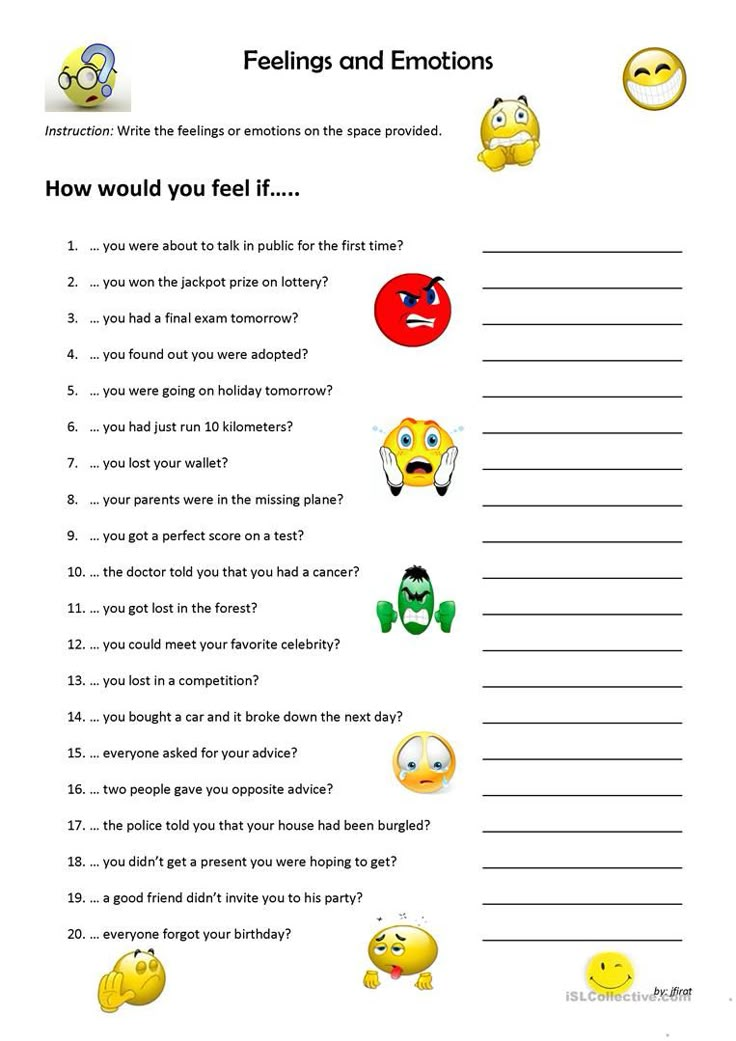
Types of love in literature
There are various types of love in literary works. The main one is a tragic feeling. In this case, the author, creating a work about love, describes a fatal relationship, accompanied by pain and suffering. Such literary works often end in death or complete spiritual devastation.
Tragic love
Love stories of this type are quite popular with readers. An example is the contemporary work of fiction The Fault in Our Stars by John Green. This book is about two teenagers suffering from cancer. Young people do not at all consider their condition an obstacle to an active life. The main characters of the book are still teenagers: rebellious, explosive, restless. Augustus and Hazel are used to defying an unfair fate. Young people prefer not to think about the shadow of death hanging over them.
Idealized love
This type of literary work is about love in its most perfect state.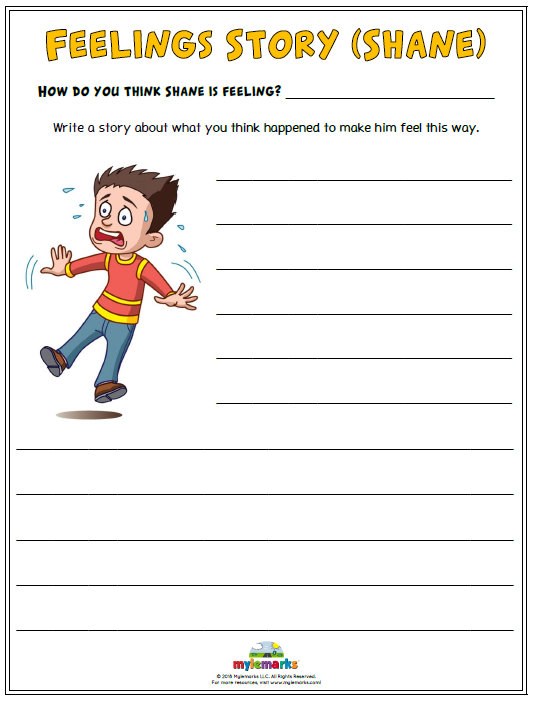 Deep feeling is seen rather as something unattainable, almost divine. The main character, as a rule, is not destined to be with a loved one. Besides, he feels unworthy of it.
Deep feeling is seen rather as something unattainable, almost divine. The main character, as a rule, is not destined to be with a loved one. Besides, he feels unworthy of it.
The book "Love in the Time of Plague" is dedicated to a sincere feeling that can overcome many obstacles: the power of time, the imperfection of the human soul, life's hardships. The author of the book is Gabriel Garcia Marquez, a Colombian prose writer, politician, and journalist. At 19In 82, the original author was awarded the Nobel Prize in Literature with the wording "for novels and stories in which fantasy and reality, combined, reflect the life and conflicts of an entire continent."
The main character of the novel, Fermina, chose to reject the advances of her childhood friend Fiorentino. She became the wife of a scientist who dreamed of ridding the Spanish colonies of the plague. Despite the girl's act, Fiorentino Ariza lost hope of being close to Fermina. He carried his first love through the years.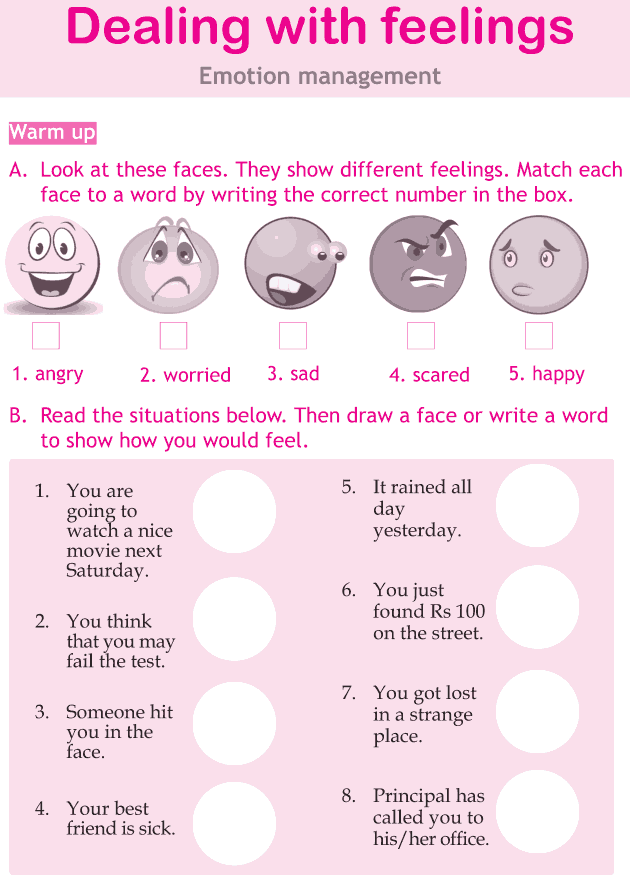 The deep feeling of the protagonist only grew stronger with time.
The deep feeling of the protagonist only grew stronger with time.
The main idea of this book about love is fidelity as the essence of being, passion as the meaning of life. Such a deep, even violent feeling in its strength is clearly worthy of admiration. It can breathe life into a story about heart dramas, a beautiful legend or a song.
Impossible love
In such romantic stories, the heroes are not destined to be with their soulmate due to circumstances. For example, Johann Wolfgang Goethe's novel "The Sufferings of Young Werther" reflected the author's personal love-psychological experience. The tragic story of a young burgher who was rejected by society and did not find an answer to his feelings has been translated into several languages. At one time, this work of European sentimentalism gave rise to a whole series of imitations and continuations, which received the name "Wertherian".
The protagonist of The Sorrows of Young Werther was hopelessly in love with a woman engaged to another.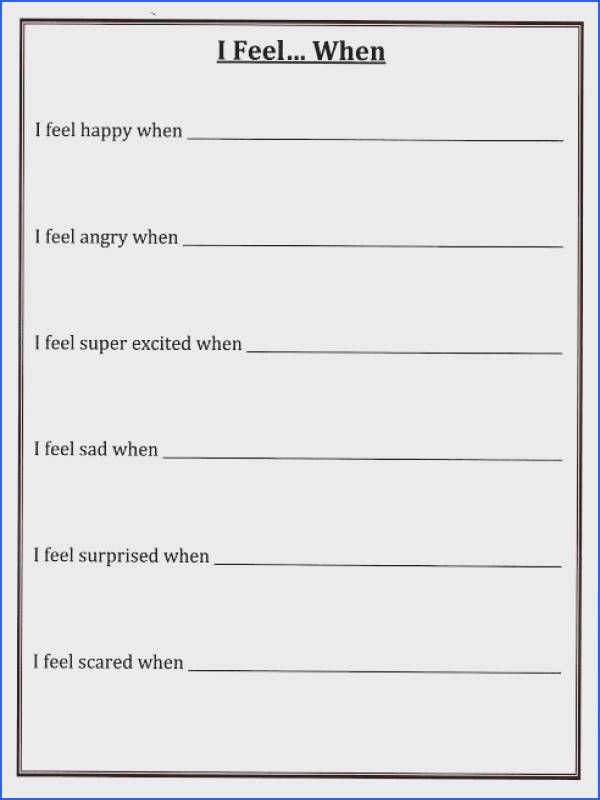 The situation was especially complicated by the fact that the friend of the protagonist acted as the happy groom. A young man, captivated by unrequited love, failed to relieve his pain. So he decided to commit suicide.
The situation was especially complicated by the fact that the friend of the protagonist acted as the happy groom. A young man, captivated by unrequited love, failed to relieve his pain. So he decided to commit suicide.
The book "Impossible Love" by Christine Ango is also worth mentioning. A French-Belgian drama film was made based on this work. Christine Ango's book is clearly worthy of being scripted. The French-Belgian film was nominated for the César Award in several categories at once.
According to the plot, Impossible Love takes place in the 1950s. A simple office worker Rachel meets a young man from a very influential, wealthy family. A passion flares up between them, which leads to the birth of a daughter. But, despite the birth of a child, Philip did not want to marry a poor girl. As a result, Rachel decides to raise her daughter on her own, in every possible way neutralizing possible interference from the baby's father.
Sensual love
The books also cover the theme of strong sexual, erotic attraction, which the main characters of the book are unable to resist.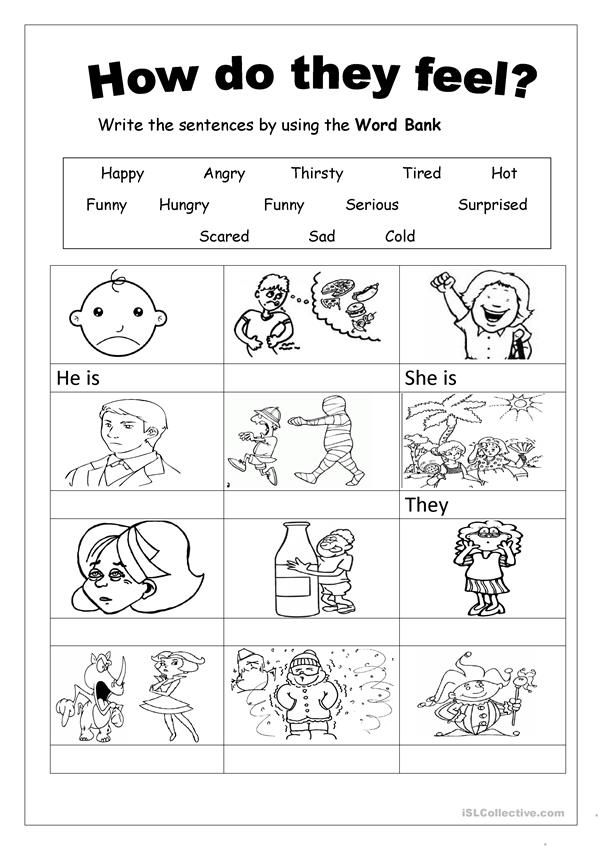 A vivid example of a work of frank content is the novel by the English novelist John Cleland "Memoirs of a Woman of Pleasure".
A vivid example of a work of frank content is the novel by the English novelist John Cleland "Memoirs of a Woman of Pleasure".
This book was published back in 1748. Cleland's work should be called the epitome of the skillful use of euphemisms. The artistic text does not contain faceless scientific terms for designating body parts, does not contain dirty words.
The work of an English novelist is considered to be the first erotic work written in prose. Cleland's novel has been repeatedly called "the standard of modern sensual literature."
Polite love
This type of love comes from the feudal era. The authors of works of art perceived a woman as a higher being who must be sacredly worshipped.
The essence of this type of love is that the fair sex can be too demanding of her admirer at the time of courtship. But when a woman surrenders to the power of true feelings, she manifests herself as a beautiful, sensitive lover.
Mutual love
In such novels, there is a description of the mutual feelings of the characters. But according to the plot, they do not always manage to be together. An example of the tragic outcome of events is one of the most famous books in the world, Romeo and Juliet.
But according to the plot, they do not always manage to be together. An example of the tragic outcome of events is one of the most famous books in the world, Romeo and Juliet.
As mentioned above, works of this type do not always have a happy ending. Nevertheless, such books are appreciated by readers for their original love story, which makes the literary text more exciting and vivid.
Love of a tyrant
Not everyone describes mutual love with a serene future. In literary texts, there are also selfish, ruthless protagonists.
There is a clearly despotic literary character in Stephen King's novel Misery. This work is written in the genre of a psychological thriller. The fiction text was first published by Viking Press in 1987.
The plot of Stephen King's book is based on the relationship between the famous writer and his psychopathic admirer. After Paul was in a car accident and badly injured, Annie moved Sheldon to her house.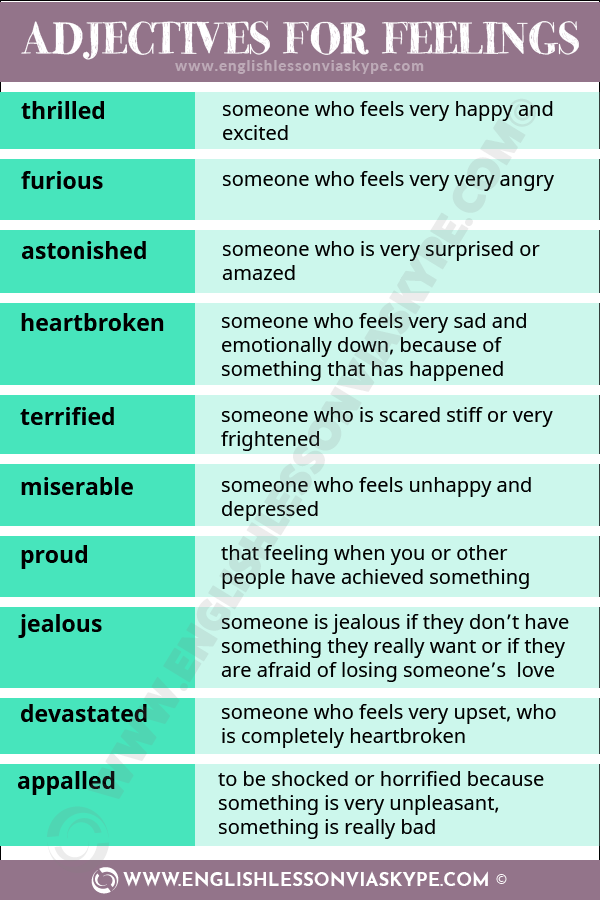 The former nurse constantly stuffed the writer with a large dose of painkillers. Over time, Sheldon began to realize that he ended up in Annie's house as a prisoner, forced to constantly indulge the whims of a despotic jailer.
The former nurse constantly stuffed the writer with a large dose of painkillers. Over time, Sheldon began to realize that he ended up in Annie's house as a prisoner, forced to constantly indulge the whims of a despotic jailer.
Branch love
This type of love in literature is intended to express deep feelings between family members (parents and children, brothers and sisters). The work “Inheritance. A true story” is an example of a book about close family relationships. The protagonist of Philip Roth's novel sees how difficult it is for his father to fight a brain tumor. A loving son accompanies the sick man through all the stages of this last test.
The work “Inheritance. True History” is called “a triumph of ruthless memory” for a reason. At the same time, this is a very piercing, touching book about how difficult it is to be a good father, capable of raising a sensitive, selfless son.
The end of a love story should bind all the loose threads that the author of the literary text weaves into the narrative.